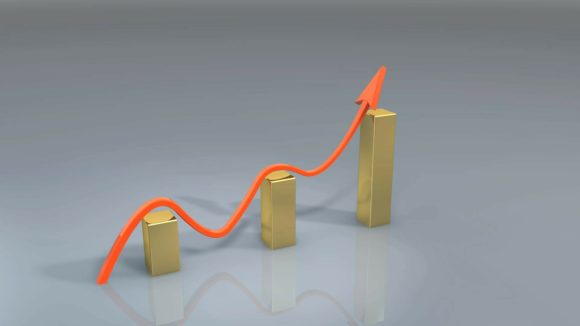Romania’s economic path stands for solid proof that our country is currently a reliable partner for profit-oriented worldwide entrepreneurs to take upon.
Given the international economic environment and the economic and financial developments in the euro area, as well as the economic growth potential for 2016-2018 the Romanian economy is expected to speed up, a GDP growth by around 4.3% per year being possible.
In 2015, the economic growth in Romania continued the positive trend started in 2011, advancing by 3.8% on the back of the domestic demand for investment and consumption, thus recording one of the highest annual economic growth in the EU.
Real growth reached 4.8 percent in 2016, amongst the highest in the European Union (EU), with private consumption boosted by an expansionary and pro-cyclical fiscal policy and wage increases. Low imported inflation and indirect tax cuts have kept inflation subdued despite the unemployment rate being at historic lows. Growth is projected at 4.2 percent in 2017 supported by continued stimulus to private consumption from a new round of fiscal relaxation and wage increases.
However, successive tax cuts have structurally shrunk the revenue envelope while the share of wages and pensions has grown at the cost of investment. The current expansionary stance is not warranted by the cyclical position of the economy and puts at risk Romania’s favorable macroeconomic indicators relative to peers. Recent experience when Romania’s public debt tripled in only a few years highlights the importance of fiscal prudence. The mission recommends the revenue envelope be protected, wage and pension growth be moderated, and the authorities aim for a medium-term deficit of 1.5 percent of GDP to rebuild buffers. This can be achieved by reducing the 2017 deficit to around 2.3 percent of GDP a broadly neutral stance and to 2 percent in 2018.
Domestic consumption and FDI have helped drive economic growth. Foreign Direct Investment in Romania increased by 110.30 EUR Million in December of 2016. Foreign Direct Investment in Romania averaged 370.56 EUR Million from 2005 until 2016, reaching an all time high of 2933 EUR Million in October of 2006 and a record low of -393.80 EUR Million in April of 2013.
Romania has a cost-competitive business climate enjoying a 16% flat tax, as one of the lowest in EU 28.
The new Fiscal Code and Fiscal Procedure Code, introduced several incentives for companies and individual investors, combined with a reduction of the standard VAT rate. It should help further accelerate growth and increase investment. In the medium term, in order to consolidate the fiscal and budgetary policy, fiscal policy objectives are aimed at going further with the measures to increase the efficiency of the tax system creating, on the one hand, the possibility of simplifying taxation, eliminating disruptions and establishing the coordinates for a coherent and modern legal framework for fiscal, on the other hand, creating the premises to provide predictability to the tax system and sticking to a conduct required by a sustainable tax consolidation.
According to IMF, Romania strengthened its economy considerably after the global financial crisis and its macroeconomic indicators compare favorably to its peers. However, successive tax cuts, wage increases in excess of productivity, and limited high quality public investment are beginning to threaten these gains and constrain potential growth. A reorientation of policies from stimulating consumption to supporting investment is needed for sustainable growth. Protecting policy buffers, strengthening structural reforms particularly to prioritize EU funds absorption and sustaining the fight against corruption will help secure faster income convergence with the European Union.

